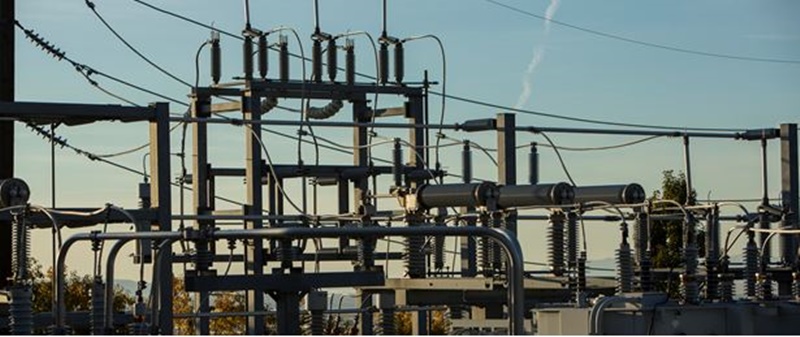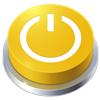Bountiful Light & Power Educational Links:
This four minute video shows how electricity and the grid work. (Source BurnEnergyJournal.com)
Learning and Lesson Plan Ideas:
Stuck on Electricty
(Preschool - Early Education)
Wind Energy
(Upper Elementary Education)
I Get a Charge Out of Curcuits
(Middle School & Junior High Education)
WATTS up with Electricity
(High School Education)
What is electricity?
How does electricity get to my home?
Let’s start at the beginning. Power can be generated from a variety of sources: coal, nuclear energy, natural gas, and renewable resources such as wind, sun and water. When it leaves its source of generation, electricity first travels across a network of high voltage transmission lines. These lines are the backbone of the electric grid, carrying large amounts of electricity across long distances. After completing the first leg of this journey, electricity arrives at a neighborhood substation. The substation’s critical job is to lower the voltage to a level that can be safely used in homes. The electricity is now ready for to travel along the poles and wires you see every day around your community. The electricity then reaches its final destination/purpose – brightening your life and home.
The substation
The substation is an important stop along the electric power line. A substation's main job is to take electricity from high-voltage transmission lines and convert it for low-voltage distribution to your neighborhood.
Transmission and distribution
Electricity is transmitted from the power generation source to the substation at a high voltage, to help cover long distances more efficiently. This power must be converted into lower voltage electricity before it can be used in your home.
This is where the substation comes in; the substation is an important stop along the electric power line. A substation's main job is to take electricity from high-voltage transmission lines and convert it for low-voltage distribution to your neighborhood.
Distribution to your home: Electricity is delivered to your neighborhood over medium-voltage power lines, and then the voltage is reduced again so the electricity can be used in your home. Most homes use about 32 kWh or less of electricity per day, or up to 11,500 kWh of electricity per year. You use electricity to power your refrigerator and other kitchen devices, electronics such as computer and televisions, and your lights, water heater and air conditioner.
Some homes may also use an additional energy source such as natural gas, propane or solar energy.
How is electricity measured?
Electricity can be measured in several ways:
- CURRENT measures the number of electrons through a wire per second. The bigger the wire, the more electrons can flow through it. Current is measured in amperes, of Amps (A).
- VOLTAGE measures the amount of pressure pushing electrons through a wire, like the pressure of water in a hose. The more the voltage is increased, the more energy is available to move the electrons through a wire. Voltage is measured in volts (V).
- POWER measures the rate of work done by electricity. The higher the voltage and current, the more electric power flows through the lines. Power is measured in watts (W).



